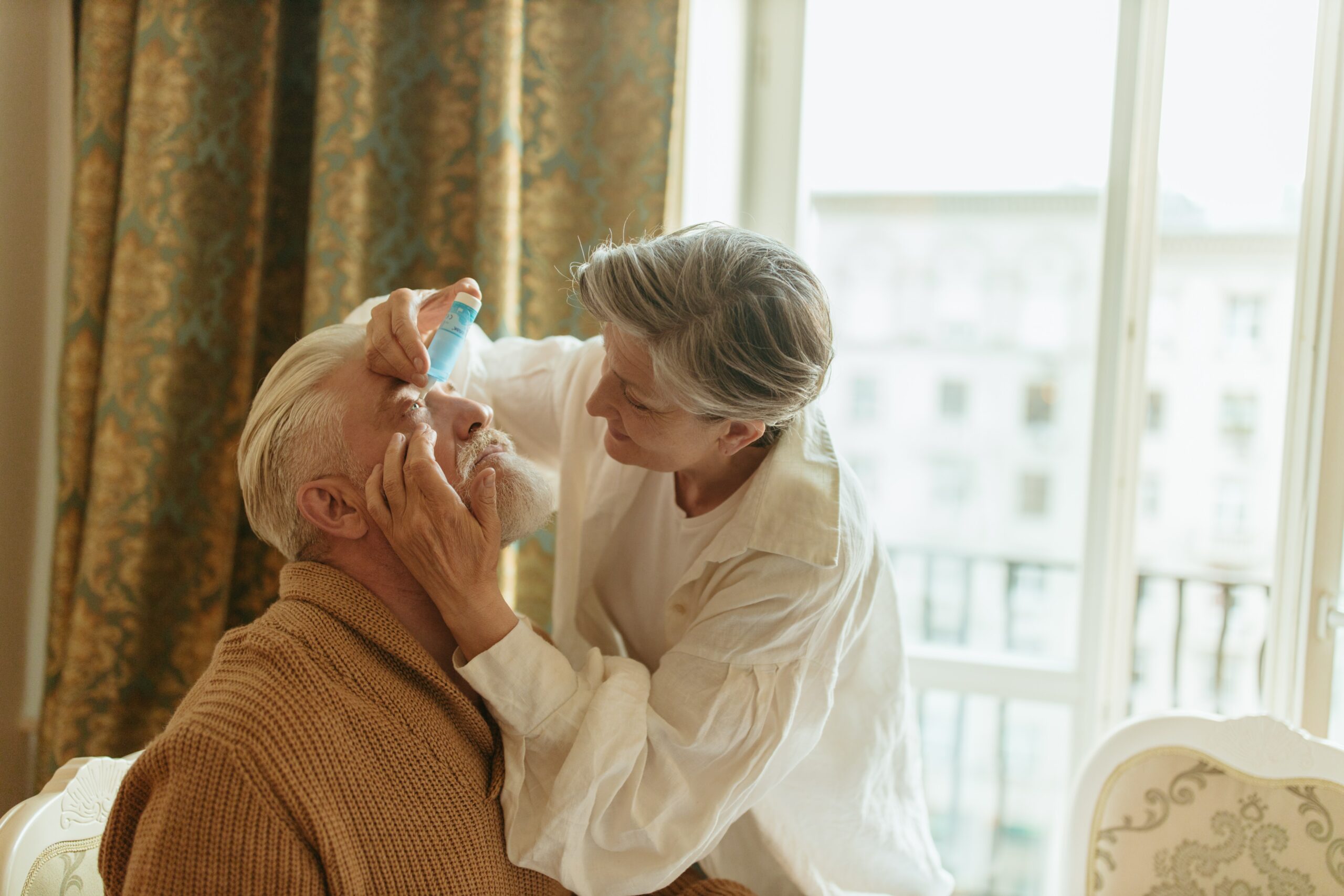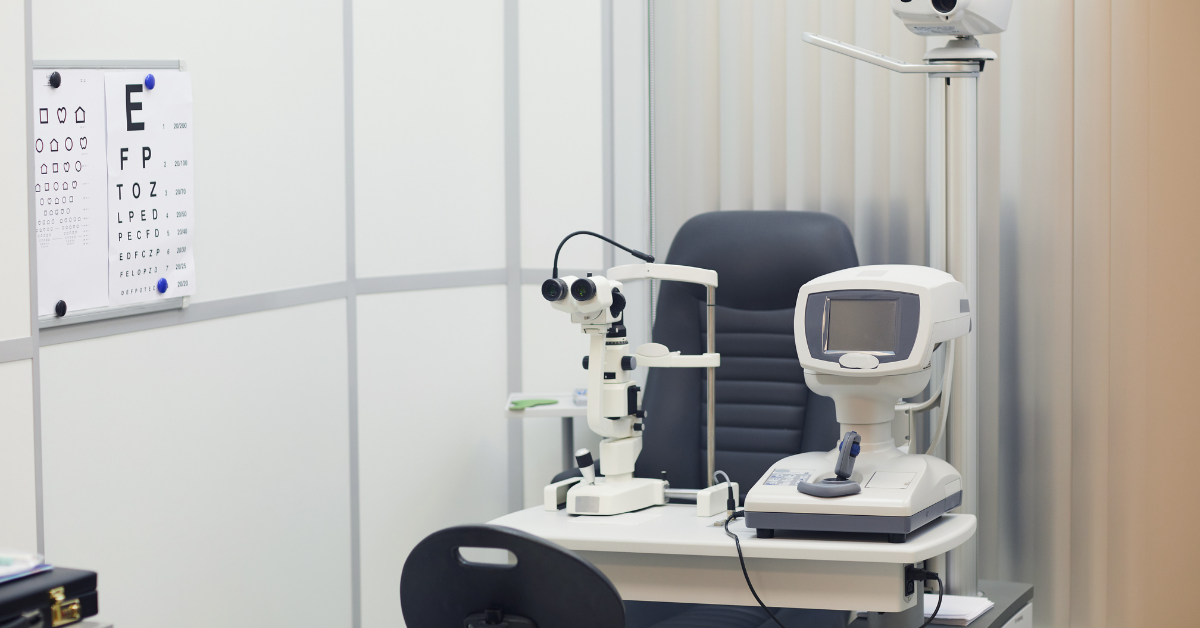Uncategorized
Cataracts develop as proteins in the lens of the eye begin to break down and clump together due to normal changes in the eye as you age. Most age-related cataracts typically develop over a span of many years. Gradual development time varies from person to person; it is also possible to develop a cataract in […]
Read
More
Uncategorized
When it comes time for cataract surgery, patients have a decision to make when choosing the type of intraocular lens that will be used to replace the natural lens of the eye. An intraocular lens not only restores vision loss due to cataracts but also corrects refractive errors such as myopia, hyperopia, presbyopia and astigmatism. […]
Read
More
Uncategorized
Wearing sunglasses year-round is necessary because the sun, specifically the harm caused by ultraviolet rays, is not a seasonal adversary. No matter the time of year, sunlight exposure increases the risk of damage to the eyes including the development of cataracts, eye cancer, pterygium, and macular degeneration. However, not all sunglasses are created equal. For […]
Read
More
Uncategorized
Age-related macular degeneration is a leading cause of vision loss in older adults. Around 15 million Americans have the progressive eye disease known as AMD, age-related macular degeneration. Some people can go years without any noticeable changes to vision while others experience rapid vision loss. Total blindness is rare as it does not affect peripheral […]
Read
More
Uncategorized
Cataract surgery and LASIK surgery both have the same goal in mind: to improve or restore a person’s vision. Cataract surgery removes the clouding of the lens of the eye and replaces it with a new lens that sits behind the iris at the center of the eye while LASIK surgery reshapes the cornea at […]
Read
More
Uncategorized
Cataract surgery is basically a lens replacement surgery. When the natural lens of the eye develops a cataract, usually due to age, it becomes cloudy or opaque and eventually requires surgery to restore or improve vision. During surgery, the cataract is removed and the natural lens of the eye is replaced with an artificial one. […]
Read
More
Uncategorized
As one of the leading ophthalmology services in the area, Pendleton Eye is dedicated to the care and quality of your vision. Let us guide you through the process of your upcoming cataract surgery by providing information that will keep you up to date on what to expect throughout the process from pre-op to recovery. […]
Read
More
Uncategorized
Living with cataracts is like living in a constant state of fog. No matter how hard you try, your vision that once was clear, sharp and vibrant is now clouded, blurred and dull. Cataract development is a gradual process; many people don’t experience the adverse side effects of cataracts for years or even decades until […]
Read
More
Uncategorized
When you think about the average time you spend sitting at your desk, holding a laptop or tablet, or looking down at your smartphone, you’ll quickly realize the number of hours you spend per day in front of a digital screen. Digital eye strain, also known as computer vision syndrome, affects every 2 out of […]
Read
More
Uncategorized
Emerging techniques and technology in ophthalmology are key to aiding in early detection of ocular disease and other eye conditions. Advanced imaging in ophthalmology involves a variety of tools to improve clinical management, diagnosis and treatments as growing awareness regarding ophthalmology care and early diagnosis of ophthalmologic disorders drives the demand for advanced devices. Improving […]
Read
More
















